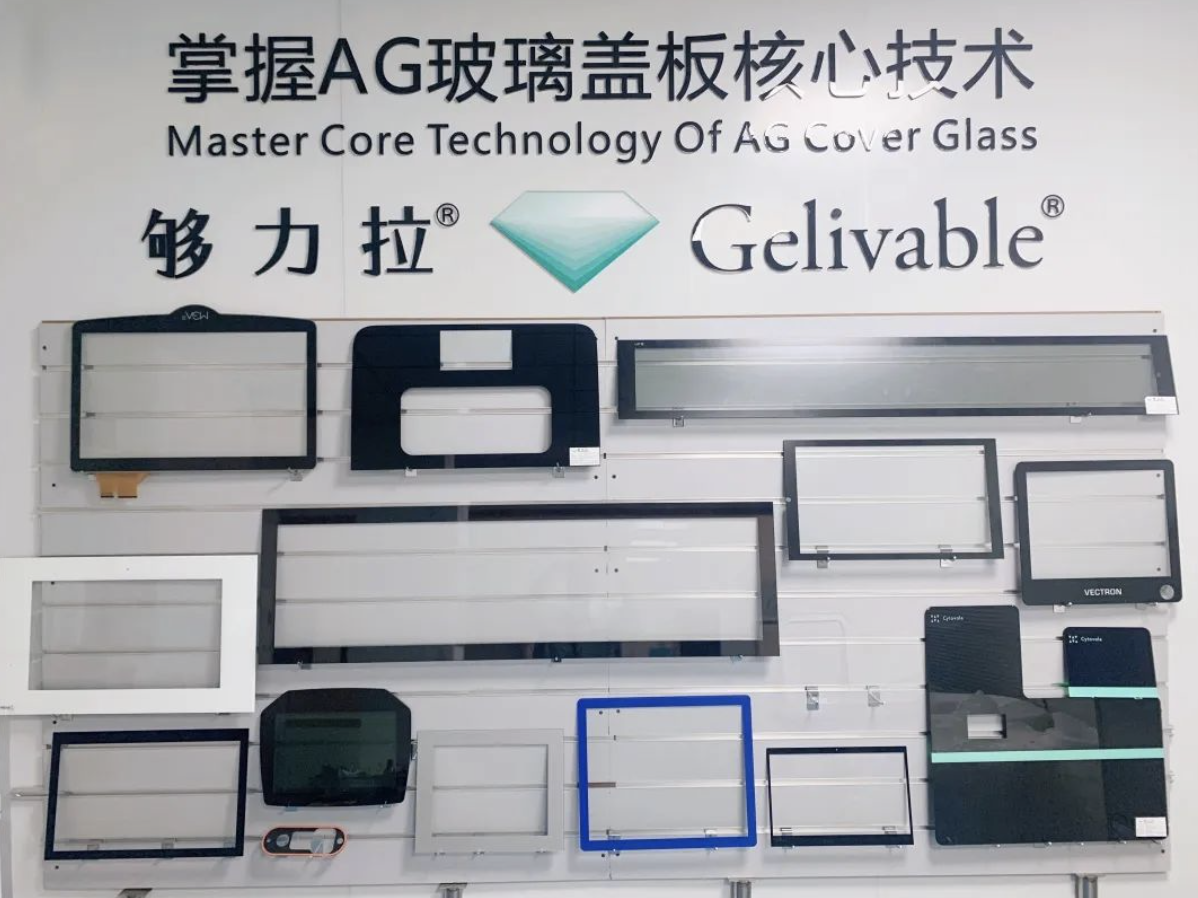According to feedback from many customers, the cover glass accounts for a large proportion of the cost of a touch screen, so they pay special attention to the glass. During the design stage, customers need to think again and evaluate repeatedly, hoping to choose a correct cover glass. Gelivable summed up some experience and shared it with everyone, hoping to help you quickly and accurately choose a suitable solution.
1,Application scenario:
First of all, it is necessary to clarify the usage scenarios of the product, which can be roughly divided into two categories: indoor and outdoor.
Outdoors, due to direct sunlight, the reflection is severe. If you want to solve these problems, you should choose Anti-glare glass, such as ATM, charger, gas station, engineering vehicle and other equipment.
The indoor environment also suffer this reflection problem due to strong light , which also requires AG anti-glare glass, such as the display in the operating room, POS machine, etc.
There is another situation that make use of the “clear eye protection” function of AG glass, such as electronic reading books, learning machines, etc.. Anti-glare glass can relieve visual fatigue and protect eyes.
In other scenarios,ordinary soda-lime glass is usually used.
2. Surface hardness:
Some harsh environments, such as mines, jigs, or object detectors, where hard objects and sharp objects are often in contact with, the high-alumina glasses such as Corning Gorilla Glass, Dragontail Glass, and Panda Glass are selected . They have a surface hardness of up to 9 H. Better scratch resistant and longer durability.
3. Transmittance:
High Transmittance is required to ensure the clarity and accuracy of the touch screen, so choose high-alumina glass with a high transmittance of 92% (Corning Gorilla Glass, Dragon Tail Glass, Panda Glass). Of course, you can also add a AR coating on the glass surface, which can have a higher transmittance as 98% , while the cost is slightly higher.
4. Intensity and durability:
The use environment has greater impact, and the glass cover needs to have sufficient intensity and durability to prevent it from breaking. Thicker glass can be selected if the thickness allows, usually the thicker the glass, the stronger it is. If the thickness is not allowed, you can choose high-alumina glass.
5. Ink:
There are two points for outdoors cover glass: 1. Chemical hardening with anti-UV ink. Second, ceramic ink + heat hardening. These two inks can ensure long-term UV exposure outdoors without fading or falling off.
The above are some suggestions for material selection, which need to be selected according to the needs of specific products in order to achieve the best cost performance and product effect . For specific details, you can contact Gelivable at any time to provide you with correct solutions.

